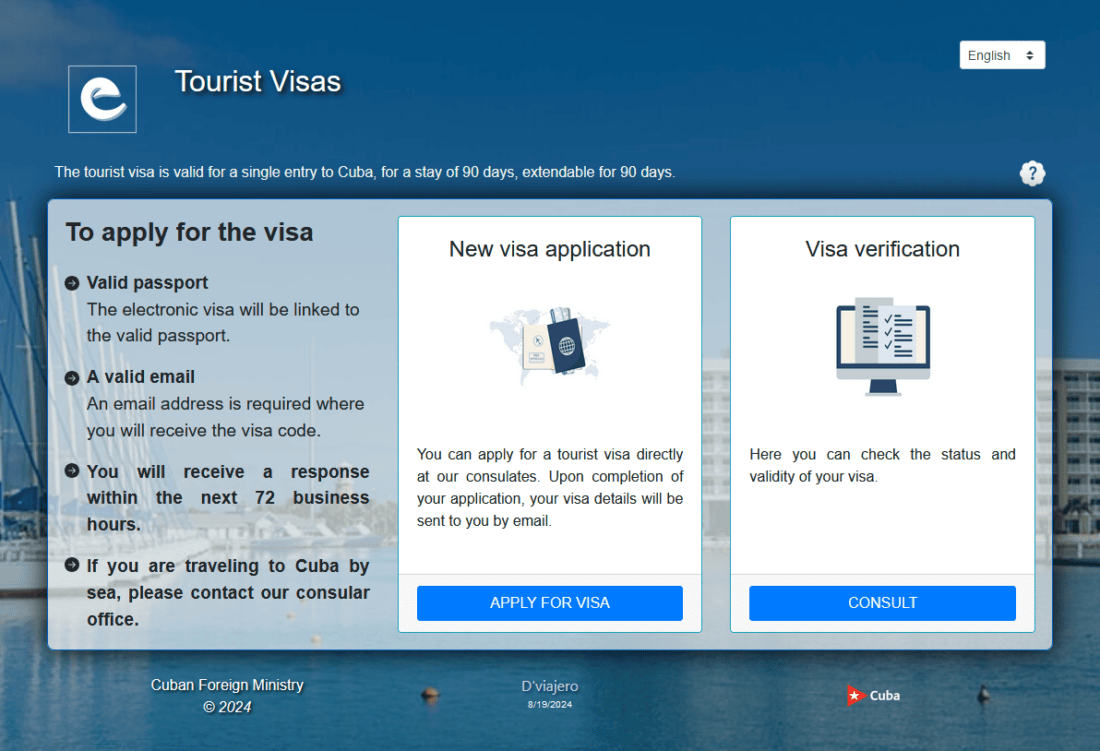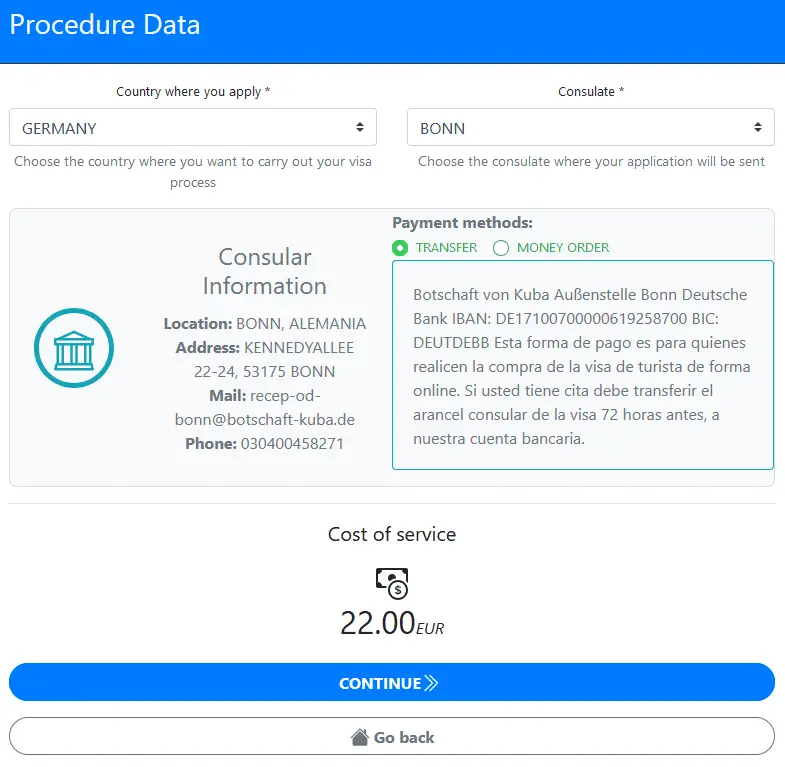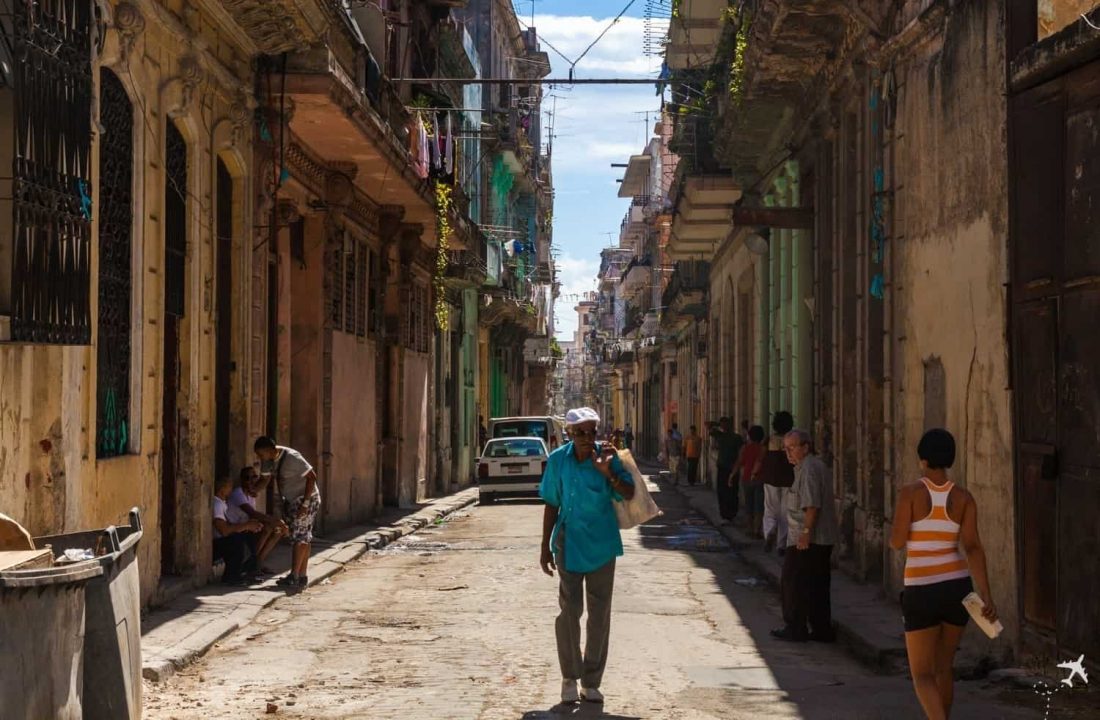Fans of Cigars, Mojitos and almost ancient American automobiles may rejoice. From August 2024 onwards, it will become a little easier (and most likely less expensive) to spend time in Cuba as a tourist. The country has introduced an electronic visa application system, that allows tourists to apply directly for a permit instead of acquiring the paper printed Tourist Card, that is mostly available through third parties like airlines and travel agencies.

More Pricing Transparency, Less Hassle
Just like the tourist card, the electronic visa will grant permission to stay for 90 days on the island. It can be extended for 90 additional days once you are in Cuba. The electronic system comes with two major improvements: Firstly, it’s much easier to access. Secondly, you aren’t subject to predatory pricing from aforementioned third party vendors. While the tourist card should come with a fixed price-tag of €22 or local currency equivalent at the Cuban embassy, airlines and travel agencies sometimes charged more than double that amount.
The price of the eVisa depends on the consulate where you apply. We have checked the price tags for some countries:
- Canada: CA$24
- Germany: €22
- Spain: €22
- United States of America: $50
The only European country whose residents cannot apply for the eVisa is Ukraine. Furthermore, not all countries eligible for an eVisa have a Cuban consulate at which you can apply, for example the United Kingdom. In these cases, you could try to apply online and select a consulate in a neighboring country. However, we reckon that in such cases, it is far more advisable to simply purchase a tourist card from your airline or a travel agency like before.
As far as we know, the tourist card and eVisa will both be issued in the future. You will need only one of the two options to board your flight to Cuba. We are not aware of any immediate plans to discontinue the tourist card.

Hope For Tourism Surge Amidst Struggles
While the implementation of the eVisa makes going to Cuba easier, or at least more transparent; there were certainly better times to visit the island in the past decade. Since the beginning of the Covid-pandemic, the standard of living rapidly declined and never fully recovered, while economic sanctions worsened the situation. You won’t notice much of the problems within the resorts of Varadero or Cayo Coco, but everyday appliances like gasoline, cosmetics or even grain have become sparse outside the tourist areas.
Since 2021, you forfeit your right to apply for the American visa-waiver program (ESTA) after visiting Cuba. If you decide to go, you have to apply for a regular US tourist or business visa (B1/B2) before your next visit to the United States. The process may take several months and costs several hundred Euros, as it requires a personal interview in the nearest American embassy or consulate.
Bottom Line
While the new visa policy does make travelling to Cuba easier, the island itself isn’t as appealing as a tourist destination as it once was. Also, the tourist card remains as a secondary (and more practical) option for some people, with transparency in pricing being the main difference to the electronic visa.

Comment (1)
very thorough. thanks.